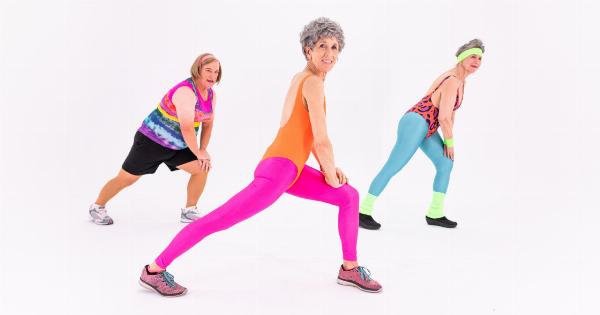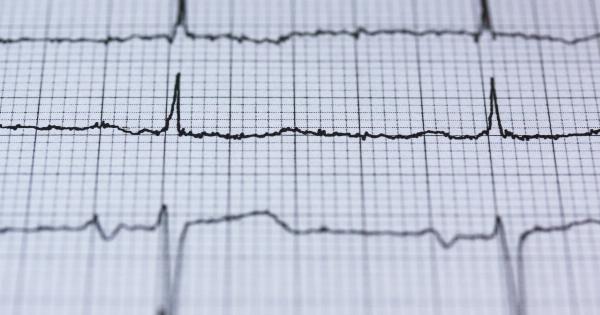Sexually transmitted diseases (STDs) can be contracted through various means other than intercourse. While sexual contact is the most common way of getting STDs, it is not the only way.
Understanding how STDs can be contracted through non-sexual means can help you protect yourself and your partners.
1. Oral Contact
The mouth is not only used for eating and speaking but can also be a breeding ground for germs. Oral contact with an infected person can lead to the transmission of STDs.
Oral herpes (cold sores), human papillomavirus (HPV), and gonorrhea are among the STDs that can be contracted through oral sex. Using barriers such as dental dams during oral sex can help reduce the risk of transmission.
2. Skin-to-Skin Contact
STDs can be transmitted through skin-to-skin contact. HPV, herpes, and syphilis are common STDs that can be contracted through skin-to-skin contact. HPV can be contracted through any contact with the skin, including touching, kissing, and oral sex.
Herpes and syphilis can be contracted through skin-to-skin contact with an infected sore or blister. Avoiding contact with infected sores can help reduce the risk of transmission.
3. Sharing of Needles and Other Injecting Equipment
HIV, hepatitis B, and hepatitis C can be transmitted through sharing of needles and other injecting equipment such as syringes and spoons.
Blood can carry the viruses and can be transmitted from an infected person to another through shared needles or injections. The use of sterile needles and safe injecting practices can help reduce the risk of transmission.
4. Transmission from Mother to Child
STDs can be transmitted from mother to child during pregnancy, childbirth, or breastfeeding. Syphilis, gonorrhea, and chlamydia are among the STDs that can be passed from mother to child during childbirth.
Hepatitis B and C and HIV can be transmitted to a child during breastfeeding. Seeking prenatal care and undergoing STD testing during pregnancy can help reduce the risk of transmission from mother to child.
5. Contact with Infected Blood or Bodily Fluids
Hepatitis B, hepatitis C, and HIV can be contracted through contact with infected blood or bodily fluids. Blood transfusions, sharing of razors or toothbrushes, and accidental needle sticks are among the common ways of getting infected.
Health care workers, emergency responders, and others who come into contact with blood and bodily fluids should follow universal precautions to help reduce the risk of transmission.
6. Sex Toys
Sex toys can be a source of STD transmission if they are shared or not properly cleaned. Chlamydia, gonorrhea, and trichomoniasis are among the STDs that can be transmitted through sex toys.
Proper cleaning and disinfecting of sex toys after each use can help reduce the risk of transmission.
7. Ingestion of Infected Bodily Fluids
STDs can be contracted through ingestion of infected bodily fluids such as semen, vaginal fluids, and breast milk. HIV and hepatitis B and C are among the STDs that can be transmitted through ingestion.
Avoiding ingestion of bodily fluids can help reduce the risk of transmission.
8. Skin Breaks and Cuts
STDs can be transmitted through skin breaks and cuts. HIV, syphilis, and herpes are among the STDs that can be contracted through skin breaks and cuts. Using condoms and other barriers during sexual contact can help reduce the risk of transmission.
9. Environmental Transmission
STDs such as trichomoniasis and pubic lice can be transmitted through environmental means such as sharing of towels, bed linens, and clothing. Avoiding the sharing of personal items and practicing good hygiene can help reduce the risk of transmission.
10. From Pets to Humans
While rare, some STDs can be transmitted from pets to humans. Canine brucellosis, a bacterial infection that affects dogs, can be transmitted to humans through contact with infected reproductive fluids.
Avoiding contact with infected pets and practicing good hygiene can help reduce the risk of transmission.
Conclusion
STDs can be contracted through various means other than intercourse. Understanding these methods of transmission can help you take steps to protect yourself and your partners.
Practicing safe sex, using barriers such as condoms and dental dams, and maintaining good hygiene can help reduce the risk of transmission. Getting tested regularly for STDs can also help detect and treat infections early on.



























